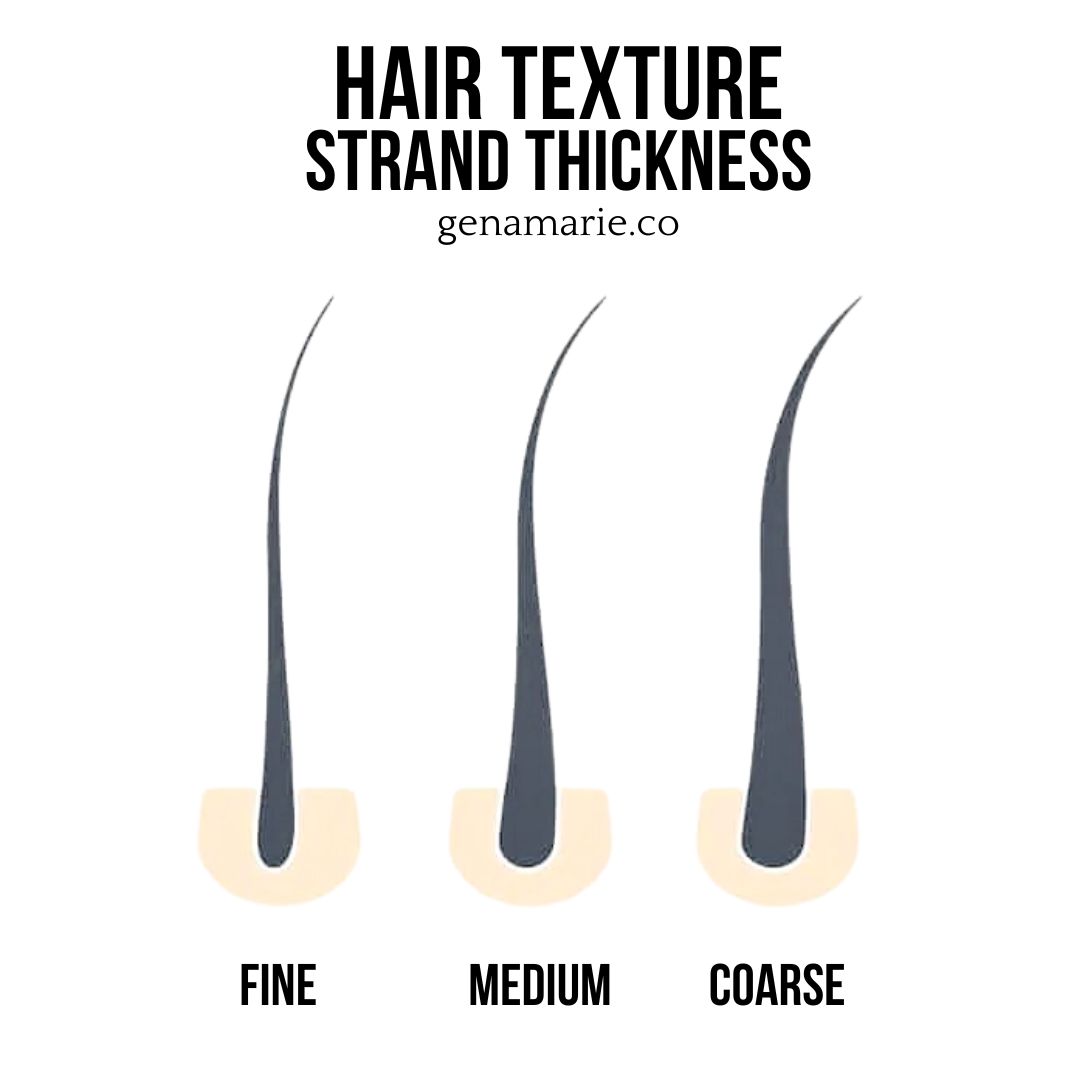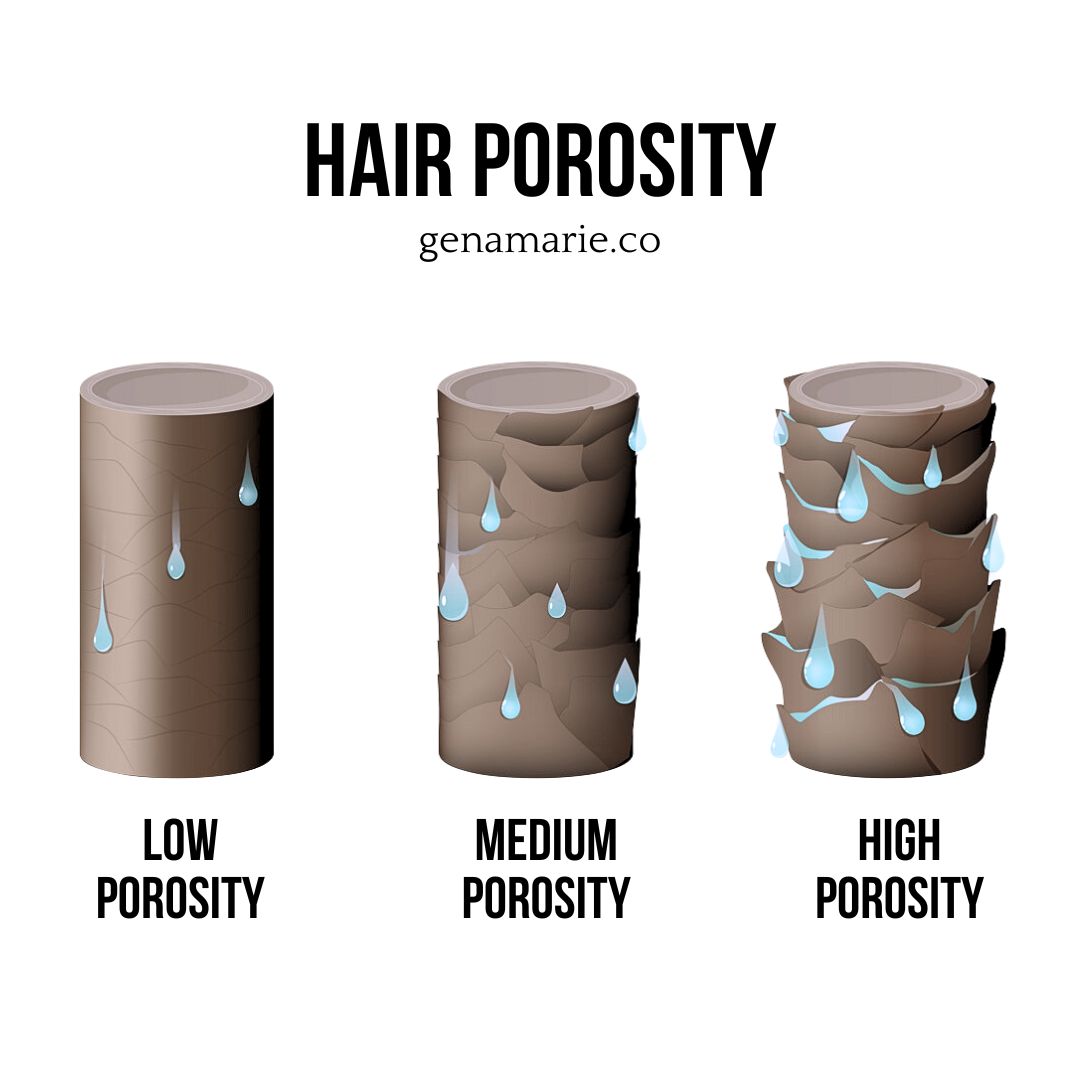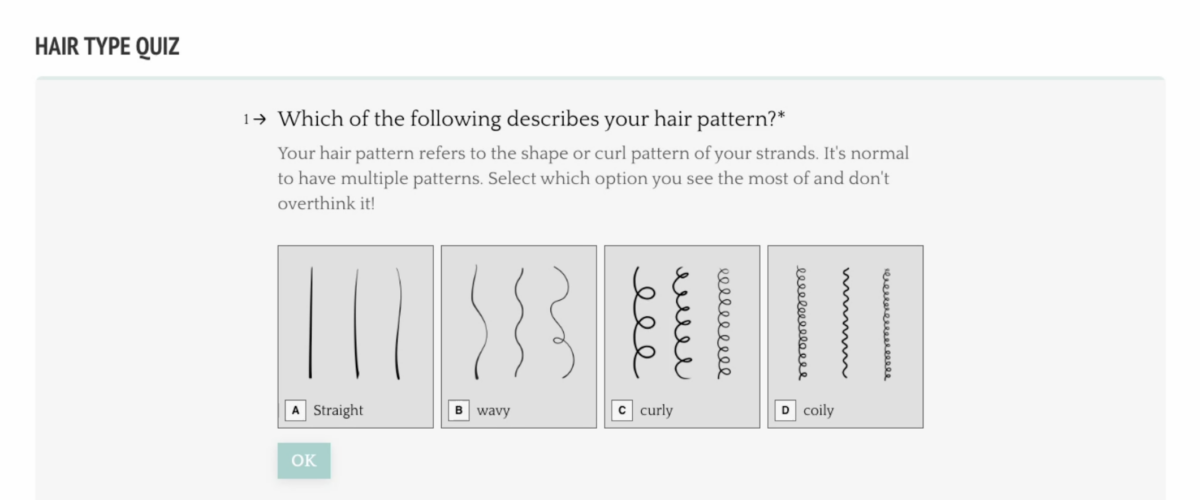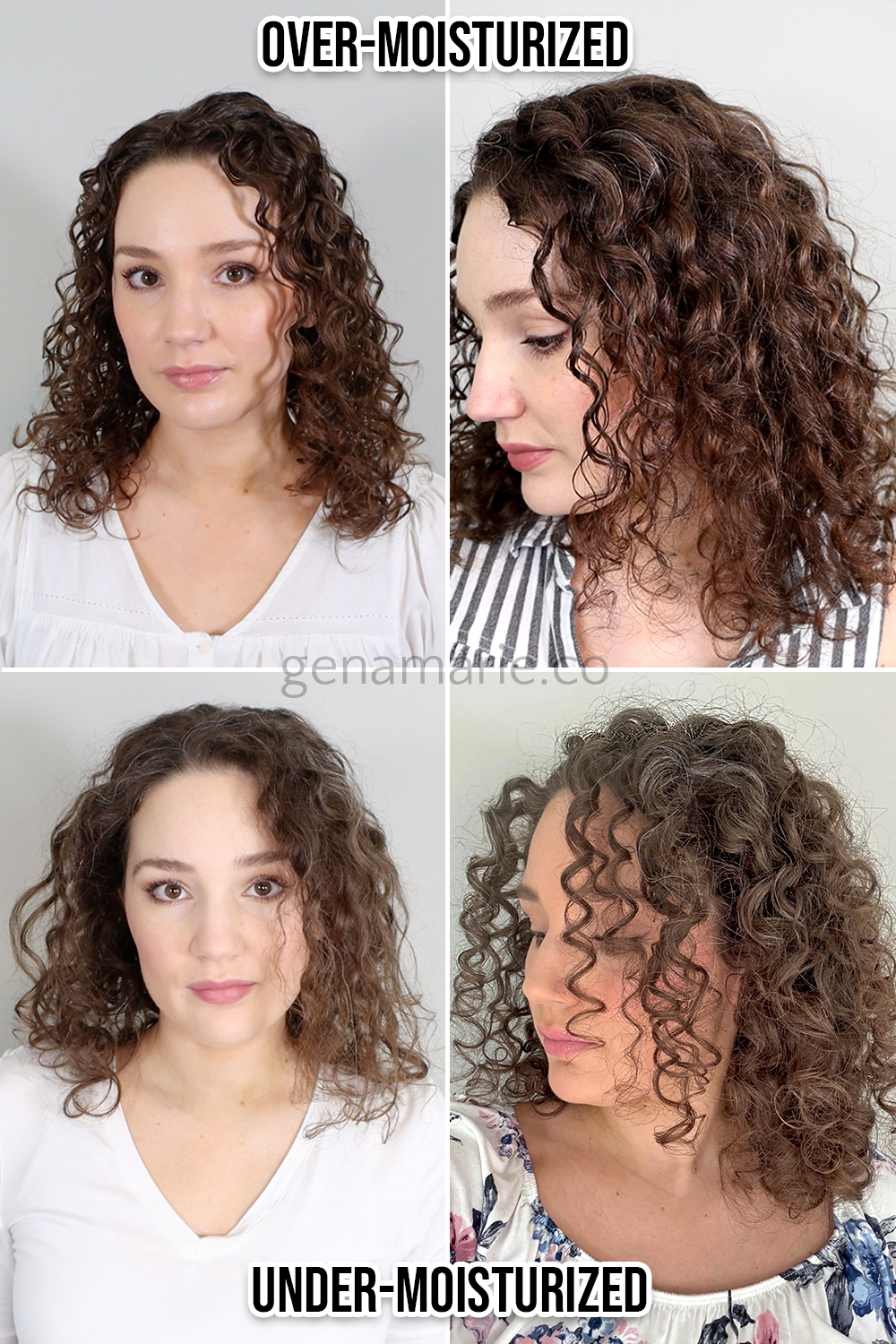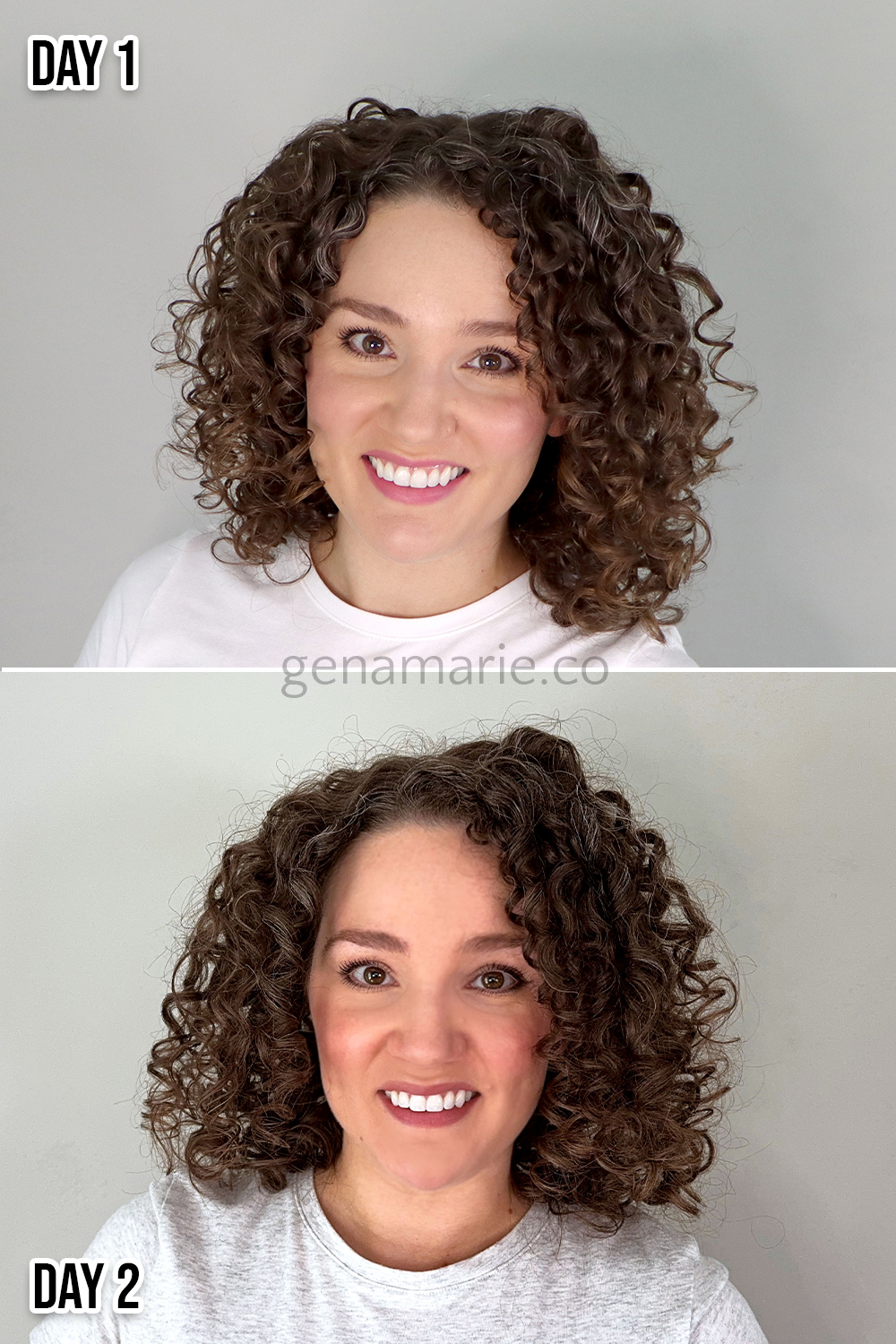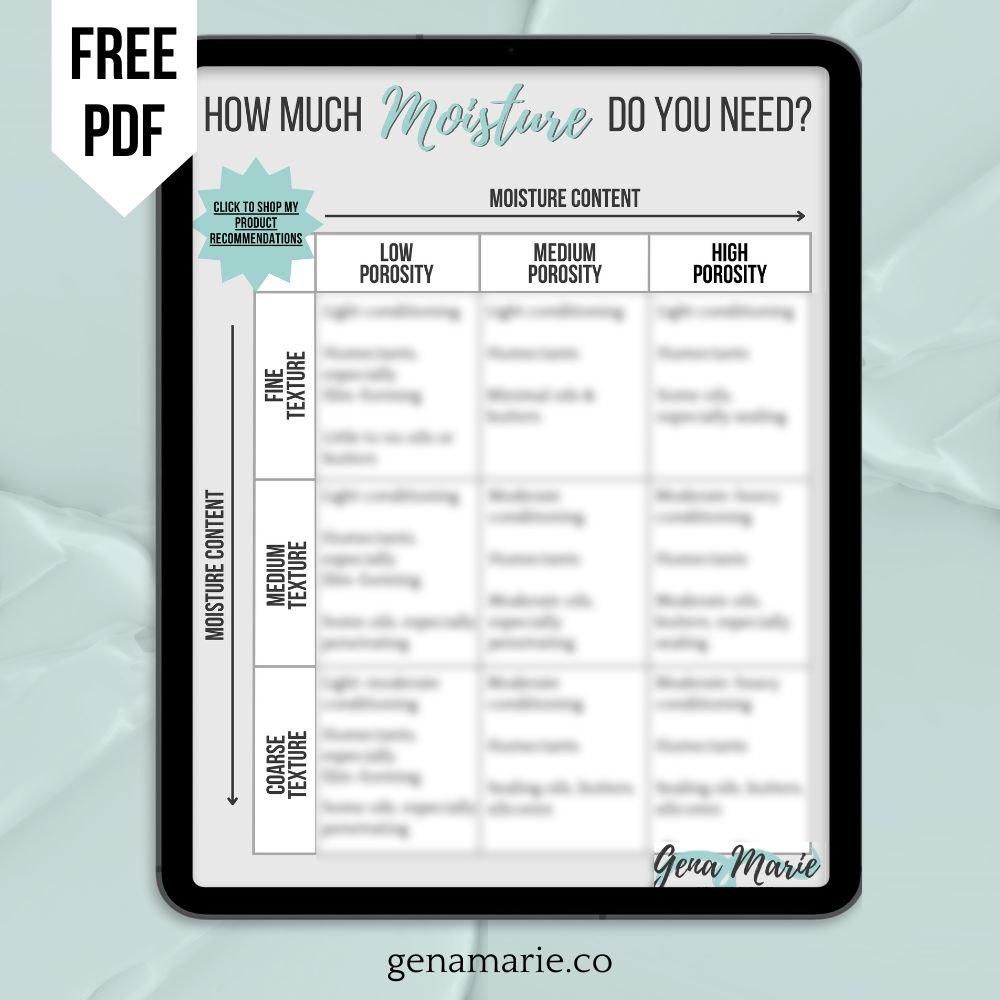Is Your Moisture + Hold Balance Off?
|
If no matter what you do, your curls and waves feel dry, brittle, or rough—or they’re soft and silky but don’t hold their shape—your moisture balance might be off. In this week’s video, I help you understand what moisture balance is, learn how to assess your own hair’s needs, spot the signs of imbalance and fix it using tweaks to your technique, water use, and product combinations. What is Moisture Balance & Why Does It MatterWhen we talk about moisture in the hair world, we’re often actually referring to conditioning—which is what gives hair softness, flexibility, and manageability. Technically, moisture is just water. But water alone doesn’t stay in the hair. That’s where conditioning agents—like fatty alcohols, emollients, and oils—come in. These ingredients help your hair retain water and improve how it feels and behaves after washing. So for the purpose of this post, when I say moisture, I really mean how conditioned your hair is. Moisture balance = having just enough conditioning to keep hair soft and manageable, without weighing it down or reducing its hold, causing frizz. ✅ Balanced hair has:
This balance looks different depending on your texture and porosity, which we’ll talk more about later. How to Assess How Much Moisture Your Hair Needs1. Determine your texture: fine, medium, coarse.
2. Determine your porosity: low, medium, high
4. Take the Curl Type Quiz to help you figure out porosity and texture.
5. Still not sure? Quick method: Determine if your hair is generally more soft or brittle naturally
Signs You Might Need More MoistureIf your hair is lacking conditioning, you might notice:
Basically, your hair is dry. It needs more slip, softness, and support to form its natural pattern and hold shape. Signs of Too Much MoistureOn the other hand, if your hair is over-conditioned, you may notice:
This often happens when every product in your routine is super rich, creamy, or “moisturizing”—which might sound good, but can overwhelm hair that doesn’t need it.
What Balanced Hair Feels Like:Balanced hair usually feels:
And most importantly—it looks and feels consistent from wash day through day 2 or 3 (aside from normal wear after wash day). If you’re not sure, try doing a little test. After your next wash day, take note of how your hair looks and feels when it’s wet and dry. Then, assess it on day 2 or 3. Has your hair retained its shape overall, with the exception of some normal frizz or normal loosening of wave pattern? That’s usually a good sign your moisture balance is on track.
How to Balance MoistureStep 1: Clarify with a Chelating ShampooStart with a clean slate—especially to rule out hard water buildup (which mimics dryness or moisture overload). Use a chelating shampoo to reset before troubleshooting products.
Step 2: Fix Moisture Balance by Adjusting WaterThe easiest way to adjust moisture on wash day is to experiment with water content. Frizz, stringiness, or poor clumping can often be a water issue—not just product choice. Too much water can cause limp, over-moisturized hair, while too little can lead to frizz. Keep a spray bottle and microfiber towel handy to fine-tune as you style. Sometimes, tweaking the water-to-product ratio is all you need for balanced, defined curls.
Step 3: Identify Moisturizing/Conditioning IngredientsIf adjusting the amount of water you use on wash day and clarifying doesn’t seem to give the right moisture balance, the next step is to look at the products you’re using. And the only way to know how moisturizing/conditioning a product will be is by looking at the ingredients list. Moisturizing Ingredient Categories:Humectants ✅ Suitable for all Proteins Fatty alcohols Emollients & occlusives (oils & butters) Polymers Step 4: Create a Moisture-Balanced RoutineAfter identifying key ingredients, the next step is assessing the total moisture content in your routine—how many products contain conditioning ingredients and where they appear on the ingredient lists. Shampoo ✅ Medium to strong cleansing shampoos, regardless of hair type ❌ Co-washes and mild shampoos are very moisturizing Conditioner
Stylers
Finishing Oils & Serums
Step 5: Product Combinations Based on Moisture NeedsHere are some examples of styling product combinations based on how much moisture/conditioning your hair needs: Little to No Conditioning
Rizos Strong Hold Gel (no moisture) and Curlsmith Fragrance-Free Stronghold Gel (low moisture or are examples of gels that could be used alone for hair that is easily over-moisturized and will counteract overly soft hair.
Light Conditioning
The following creams are in order of low to medium moisture level.
Moderate Conditioning
The following creams are in order of low to high moisture level.
The following gels are in order of medium to high moisture level.
High Conditioning
If you’re still confused or this is all a little too science-y for you, you should check out my new free chart: How Much Moisture Do You Need? It breaks down some key points and look-fors when it comes to knowing how much moisture your hair needs based on your hair’s unique combination of texture and porosity.
How Much Moisture Do Your Curls Need ChartBut, remember, everyone’s hair is different! The most important thing is to pay attention to the signs and symptoms of YOUR hair. Need help curating the perfect moisture-balanced routine for YOUR specific hair type? Helping my clients learn to “listen” to their hair is something I do all the time in my Group Coaching Program. So, if you’re still struggling or overwhelmed, join the waitlist for the next session, which will be starting June 1! If you’re ready to officially sign up now, email me for a special discount 😉
The post Ultimate Guide for Balancing Moisture & Hold in Your Curly Routine appeared first on Gena Marie. |
Gena Marie
Curly hair coach helping you better understand your naturally curly hair through easy-to-follow tutorials, science-based haircare tips, and problem-solving.
If you’re overwhelmed by all the complex curly hair routines — or you just don’t have the time and energy to go all out — this is for you. In this post, I’m walking you through a simple but effective routine that still gives you defined curls with minimal effort. This routine uses just a total of 3 main products, 4 if you count my heat protectant! I’m also sharing my Day 2 results with you. Step 1: Clarify or Shampoo Start by washing your hair using either: A clarifying shampoo (like Ouidad...
Today is the last day to save on the best deals on curly haircare! The Prime Day sale ends at midnight tonight. I am an Amazon Associates partner, so I earn commission when shopping through my links in exchange for helping you discover the products. Note that prices and discounts are subject to change and will vary based on your country. My previous email featured a lot of shampoos, conditioners, and treatments, so today I wanted to highlight some of the best stylers and give you more info on...
Prime Days are back, and I’ve rounded up the best deals on curly haircare. The sale is going on July 8-11, 2025. I will be updating this list throughout the sale. Prices are subject to change. I am an Amazon Associates partner, so I earn commission when shopping through my links in exchange for helping you discover the products. Live Replay Watch the livestream replay from YouTube to hear my top picks, more about the products, and if they're right for you. I also share tips for getting the...
